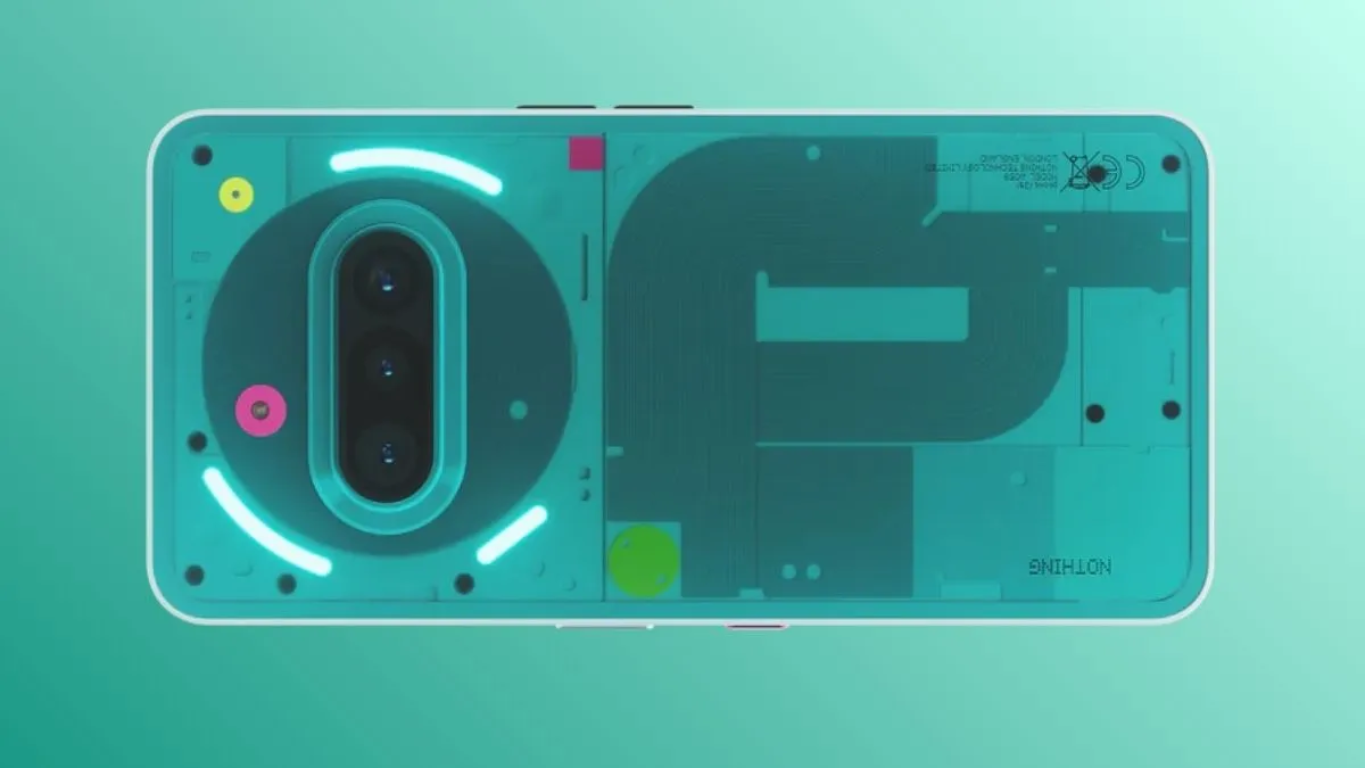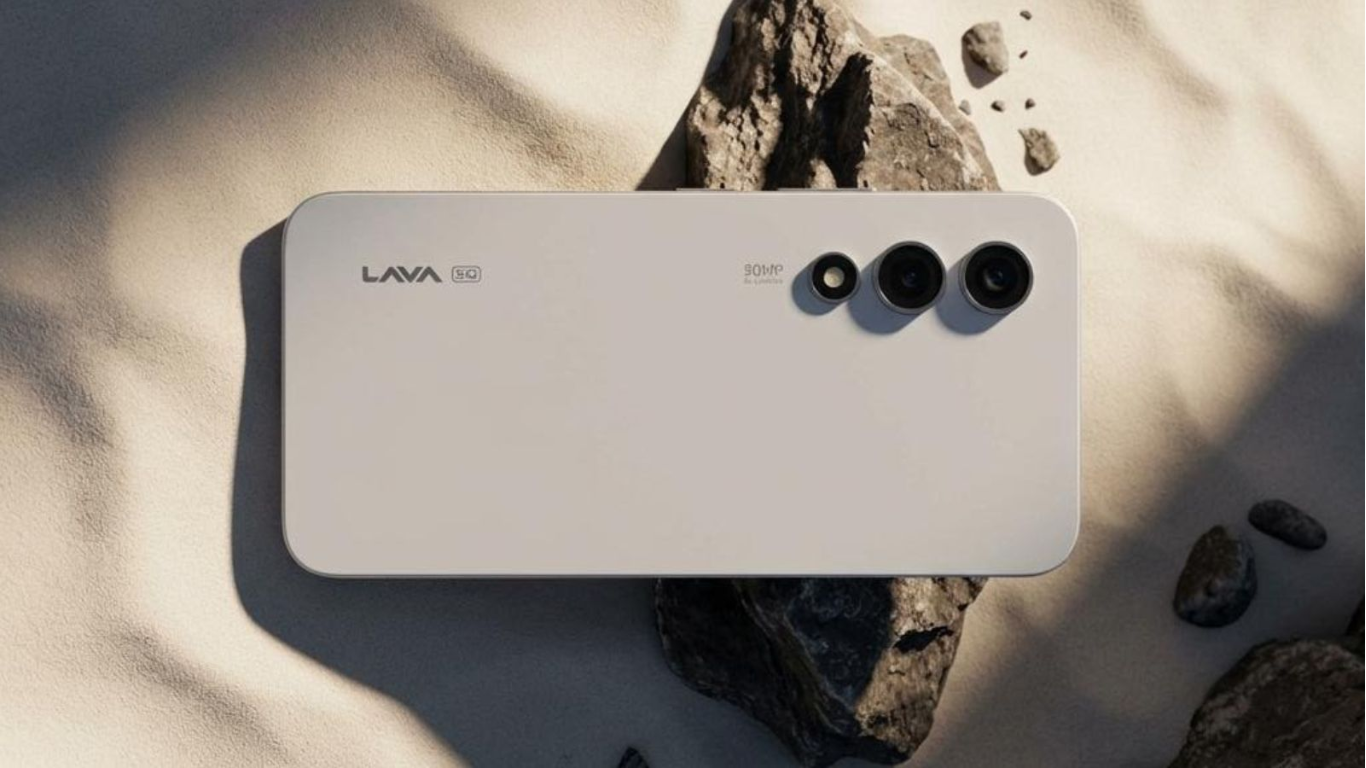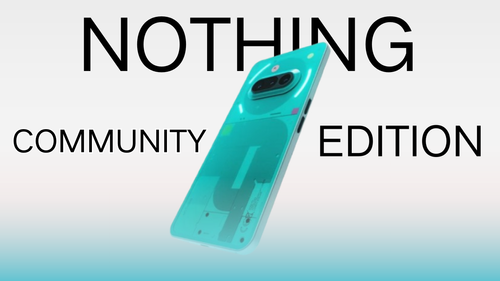Ad

Flexible OLED Material for Wearable Electronics and Foldable Devices
4,283 views
Follow Us:
4,283 views

In a research paper published in Nature Materials, the researchers described their new material and its potential applications. The team, led by Sihong Wang and Juan de Pablo, used computational predictions to design and build many different prototypes of the stretchable light-emitting polymers. The resulting materials were flexible, bright, durable, and energy-efficient.
Most high-end smartphones use OLED technology for their displays, as it is more energy-efficient and offers better picture quality than older LED and LCD technologies. However, the materials currently used in OLED displays are brittle and lack stretchability, which limits their potential for flexible displays.
The new material developed by the University of Chicago maintains the electroluminescence of OLED but uses stretchable polymers to create a flexible display. This breakthrough could pave the way for a range of new technologies, such as wearable electronics and foldable devices.
Apart from being used to display information, the flexible material could be integrated into wearable sensors that need light to work. For example, smartwatches shine a light through blood vessels to measure heart rate and blood oxygenation.
The researchers are now focused on improving the device, starting with adding additional colours while also improving its efficiency and performance. With this new material, the possibilities for flexible displays and wearable electronics are endless.
Latest News





Reviews & Guides
View All

Nothing Phone 3a Community Edition First Impressions: A Fresh Take on Budget Smartphones

Realme P4x 5G Review: Budget-Friendly Beast with Epic Battery Life

Sony BRAVIA 7 Mini LED K-65XR70 vs. Haier Mini LED H65M95EUX

Samsung QN90F (65QN90FAU) Review: The King of Bright-Room Viewing

Why doesn’t Apple reveal the iPhone battery in advertisements?

Top 10 camera lenses you should Own in 2025

Donald Trump Watch Collection: Timeless Luxury on the Wrist

Best Smartphones Under 30,000 in 2025







